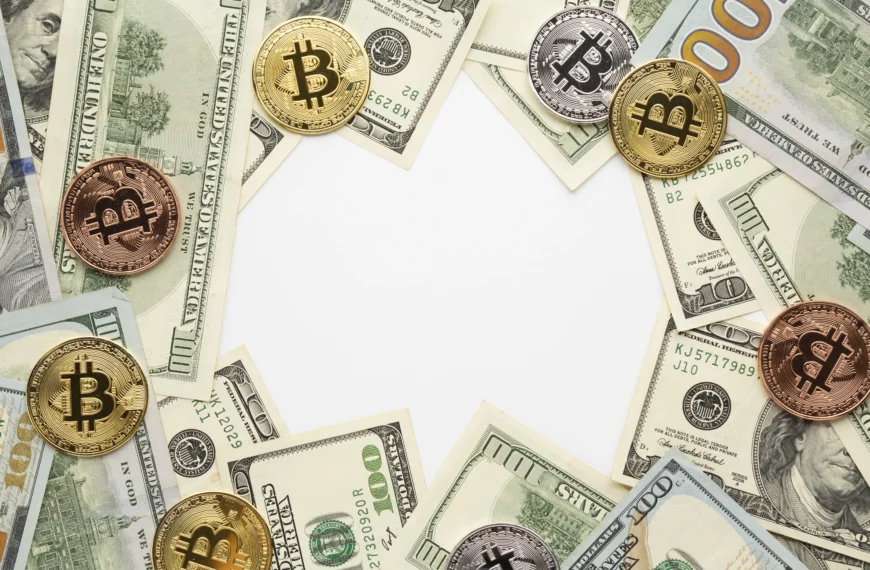The Situation: Understanding the Detention of BSF Jawan Purnab Kumar Shau
April 23, 2025 — a day that started like any other on the India-Pakistan border near Ferozepur, Punjab, quickly took a tense turn. Border Security Force (BSF) Head Constable Purnab Kumar Shau, hailing from Hooghly, West Bengal, reportedly crossed the international border inadvertently and was subsequently detained by the Pakistan Rangers.
Now, “inadvertent” and “international border” are two words you never want in the same sentence — especially not when two nuclear-armed neighbours are already giving each other side-eyes over a deadly terror attack just days before. While the BSF has officially confirmed that Shau’s crossing was accidental, Pakistan’s willingness to acknowledge that — and act accordingly — is another story altogether.
Table of Contents
For now, the situation hangs in a diplomatic limbo, with a soldier’s fate caught in the crosshairs of geopolitics.
India’s Diplomatic Channels: Efforts to Secure Shau’s Release
So what’s India doing about it?
Enter the Ministry of External Affairs (MEA) — a department currently juggling a thousand international issues and still expected to pull off a diplomatic miracle like it’s Tuesday. Thankfully, both MEA officials and BSF command have confirmed that diplomatic communication lines with Pakistan are open.
From backchannel talks to official notes, India’s efforts are focused on ensuring Shau’s release peacefully and swiftly. Union Minister Sukanta Majumdar has publicly stated that the Centre is taking “all necessary measures” — a phrase that’s vague enough to leave room for a spectrum of strategies, from polite diplomatic nudges to not-so-polite pressure via international allies.
While direct dialogue between India and Pakistan is about as cordial as two cats sharing a tight space, past cases have shown that when the diplomatic engine really starts purring, results can happen.
Role of International Pressure in Detained Personnel Cases
Now, let’s be real: India talking to Pakistan is one thing. But when international pressure gets involved, that’s when things can get spicy.
Organizations like the United Nations and the International Committee of the Red Cross (ICRC) often step in as mediators in these types of cross-border human detentions. Although neither side is particularly eager to have the world peeking into their border affairs, international optics matter. And with India holding considerable global clout, Pakistan might not want to appear like the guy who won’t return a soldier who wandered across the line accidentally.
There’s also the matter of bilateral optics. With visa cancellations and the Indus Waters Treaty suspension already souring relations post-Pahalgam attack, Pakistan may try to temper things down by returning Shau sooner than later — if only to reduce the growing diplomatic headache.
Family’s Plea and Public Sentiment: The Emotional Aspect of the Crisis
Meanwhile, back in Hooghly, Shau’s family waits, hopes, and pleads.
His brother, Rajeshwar Pandey, told the media that the family has faith in the system and hopes for Shau’s safe return. It’s the kind of heart-wrenching public appeal that grips the nation — and puts pressure on policymakers to move mountains (or at least get moving).
Also Read: Can India Curb Terror as Homegrown Militants Like Adil Lead Deadly Attacks?
Public sentiment has exploded across social platforms and news channels, with citizens demanding accountability, swift action, and most of all, justice. In today’s political landscape, optics matter just as much as diplomacy. And when an entire nation rallies around one soldier, it becomes very difficult for governments — both Indian and Pakistani — to ignore the spotlight.
Lessons from Previous Detention Cases: What India Can Learn
If history is a teacher, then India has seen this class before.
Remember Wing Commander Abhinandan Varthaman? His 2019 capture and swift release within 60 hours were widely seen as a testament to India’s diplomatic strength and Pakistan’s desire to avoid further escalation.
Other cases haven’t gone as smoothly. Fishermen straying across maritime borders, civilians mistakenly wandering into Pakistani territory — not all stories have quick or happy endings. What India has learned from these: public pressure works, diplomacy matters, and international watchdogs can tip the scale.
But the biggest lesson? Prepare for everything. Because what starts as a “routine patrol” can quickly spiral into a full-blown diplomatic incident.
Challenges in Negotiating for Release: The Road Ahead
Let’s not sugarcoat it — getting a soldier back from Pakistan isn’t as easy as a “Hey, sorry about that — could we get him back?”
Here are the key challenges India is navigating:
- Trust Deficit: India and Pakistan have the diplomatic equivalent of trust issues on steroids.
- Timing: With recent terror-related tensions, this situation comes with added emotional and political baggage.
- Legal Hurdles: Pakistan may try to frame the detention as a breach of security or protocol, complicating Shau’s return timeline.
- Propaganda Risk: There’s also a risk that Pakistan could attempt to use Shau’s detention for narrative leverage, something India is keen to avoid.
The diplomatic machinery will need to keep its cool while working swiftly. One wrong move, and the matter could get dragged into the murky waters of blame games and international grandstanding.
The Bigger Picture: The Impact on India-Pakistan Relations
Zoom out a little, and Shau’s detention is more than just one incident — it’s a flashpoint in the ever-tense relationship between India and Pakistan.
Already, diplomatic ties are shaky thanks to the Pahalgam terror attack, India’s revocation of Pakistani visas, and the suspension of bilateral agreements. Shau’s case could either become:
- A rare moment of cooperation, showing that humanitarian gestures are still possible between adversaries.
- Or yet another nail in the coffin of bilateral civility, further escalating hostilities and shrinking the window for dialogue.
Which way it goes depends heavily on how both sides play their cards in the coming days.
Conclusion: Diplomacy, Pressure, and the Human Cost
At the heart of this situation isn’t just policy or politics — it’s a soldier. A man who wears the uniform, defends his country, and ended up in the wrong place at the worst possible time.
India’s best shot at securing Purnab Kumar Shau’s safe return lies in a careful mix of diplomacy, public pressure, and international influence. It’s a path that requires both subtlety and strength — and a recognition that every detained soldier is a human life, not just a geopolitical pawn.












